What’s next for Hamas, Hezbollah, and the Islamic Republic?
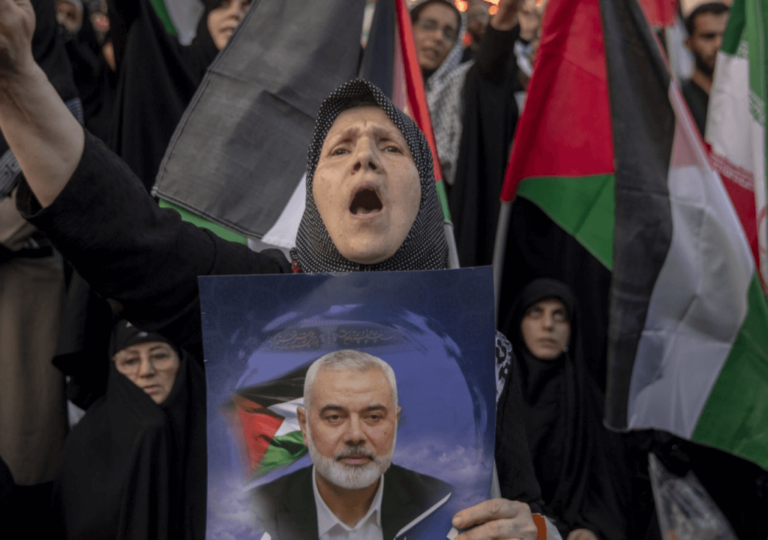
Israel dealt severe blows to Hamas and Hezbollah, killing key leaders amid ongoing conflict

Israel dealt severe blows to Hamas and Hezbollah, killing key leaders amid ongoing conflict
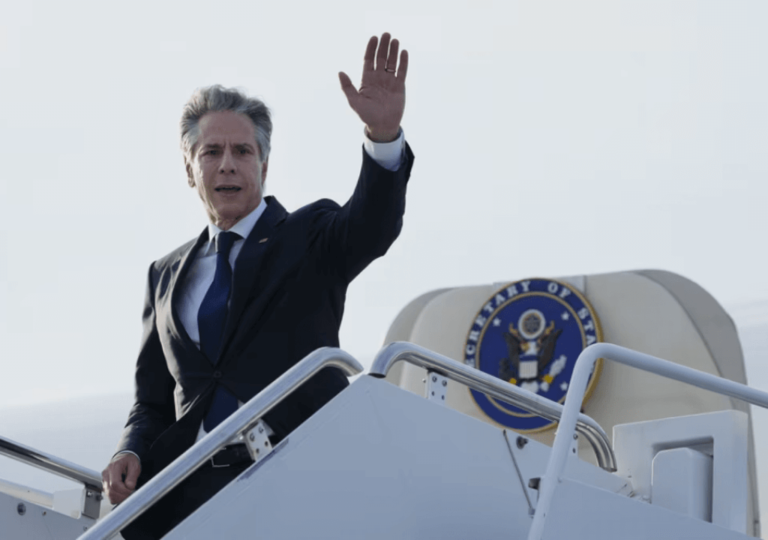
U.S. Secretary of State Antony Blinken visited Singapore to strengthen Indo-Pacific ties
Armenia seeks new alliances, notably with India, amid geopolitical challenges

Israel strikes Beirut, targeting Hezbollah commander amid rising tensions and casualties
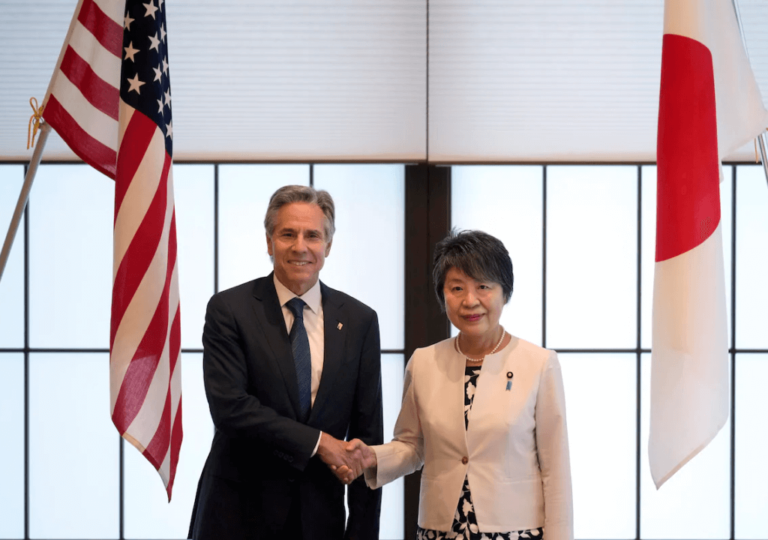
US and Japan bolster military ties amid rising tensions with China

Armenia and Azerbaijan face ongoing tensions post-war, complicating peace efforts

Bangladesh protests escalate into nationwide uprising against PM Hasina's 15-year rule, with 174 deaths reported
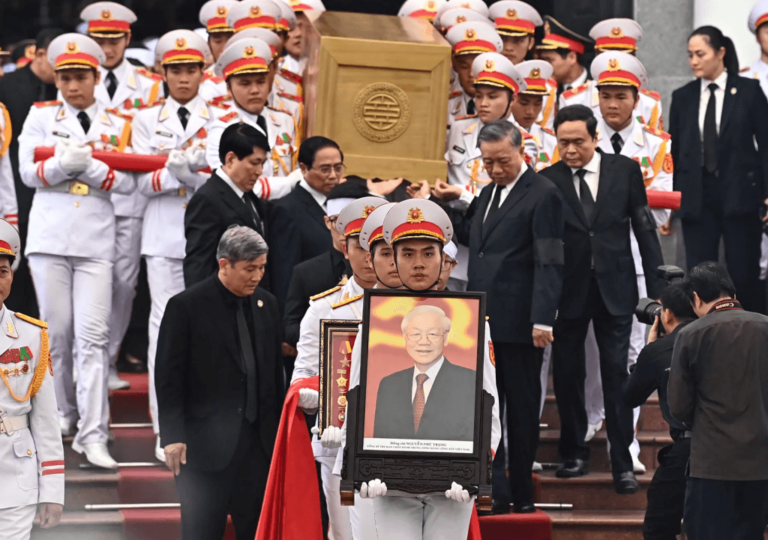
Nguyen Phu Trong, Vietnam's most powerful leader in decades, dies at 80, ushering in a new era of uncertainty and potential succession crisis in Vietnamese politics

Malaysia's strategic position and semiconductor investments align it with U.S. interests, potentially joining Asian NATO
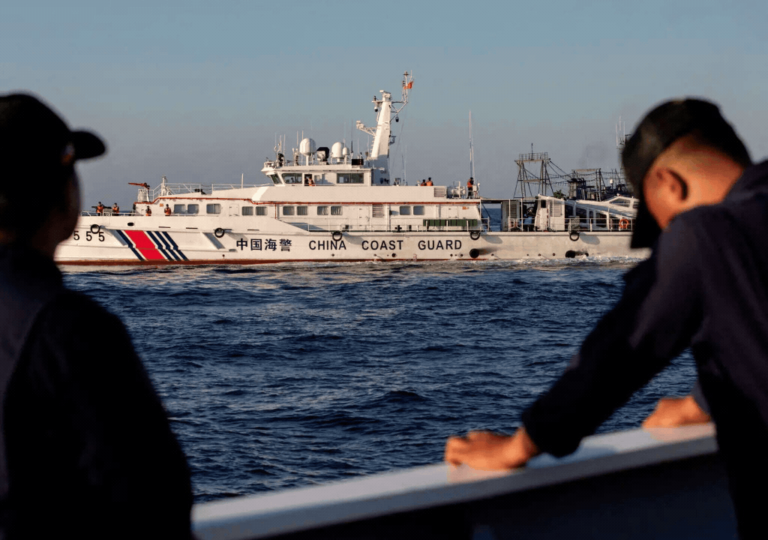
China seeks to de-escalate tensions with the Philippines over the South China Sea